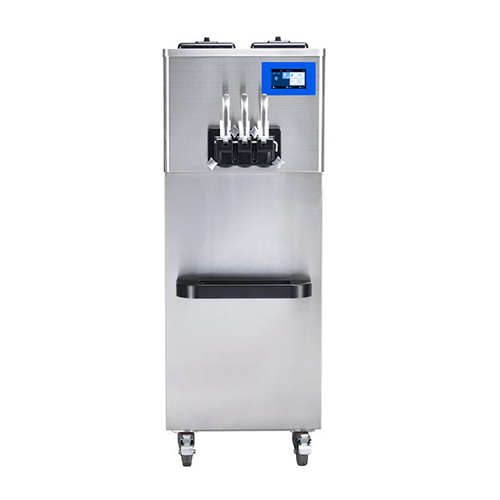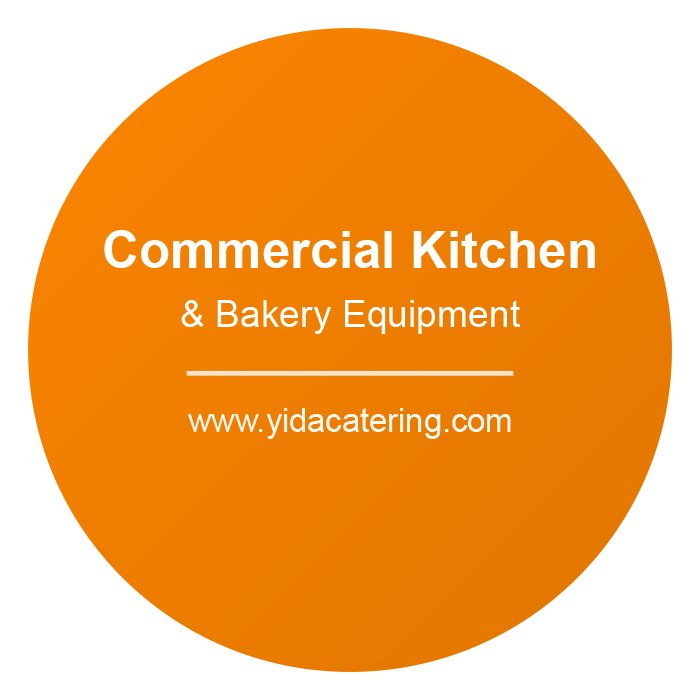
When it comes to selecting the right commercial soft serve ice cream machine for your business, understanding the distinction between pressure-fed and gravity-fed systems is crucial. Each type offers unique advantages that can impact the efficiency, cost, and quality of your ice cream production.
Gravity-Fed Systems: Simplicity and Cost-Effectiveness
Gravity-fed ice cream machines are known for their simplicity and ease of use. The installation and cleaning processes are straightforward, making them an attractive option for businesses seeking to minimize setup time and maintenance efforts. Additionally, the initial purchase cost of gravity-fed machines is typically lower, making them a cost-effective choice for startups or small businesses.
These machines rely on gravity to pull the ice cream mix into the freezing cylinder. While this system is efficient, it results in a lower ice cream overrun compared to pump-fed systems. Overrun refers to the amount of air incorporated into the ice cream during the freezing process. A lower overrun means the ice cream is denser, which can be desirable for certain textures and flavors.
Pressure-Fed Systems: Enhanced Overrun and Texture Quality
On the other hand, pressure-fed systems incorporate a pump that actively pushes the ice cream mix into the freezing cylinder. This additional component makes installation and cleaning slightly more complex, but it also offers significant benefits in terms of ice cream quality.
The pump-fed system allows for a higher overrun, which means more air is incorporated into the ice cream. This results in a lighter, creamier texture and a smoother mouthfeel. Moreover, with a higher overrun, less ice cream mix is required to produce the same volume of product, which can lead to cost savings on ingredients over time.
Choosing the Right Model for Your Needs
Commercial soft serve ice cream machines are available in various models, including 20L/h, 30L/h, and 50L/h capacities. They often feature two mix hoppers and offer three flavor options, catering to diverse customer preferences. Floor models with wheels provide mobility and convenience in a commercial setting.
When selecting a machine, consider your business’s specific needs, including production volume, budget constraints, and desired ice cream texture. Both gravity-fed and pressure-fed systems have their place in the market, and understanding their differences will help you make an informed decision.
Conclusion
In conclusion, whether you opt for a gravity-fed or pressure-fed commercial soft serve ice cream machine depends on your business priorities. For simplicity and lower initial costs, gravity-fed machines are ideal. However, if you prioritize texture quality and long-term ingredient savings, a pressure-fed system may be more suitable.

